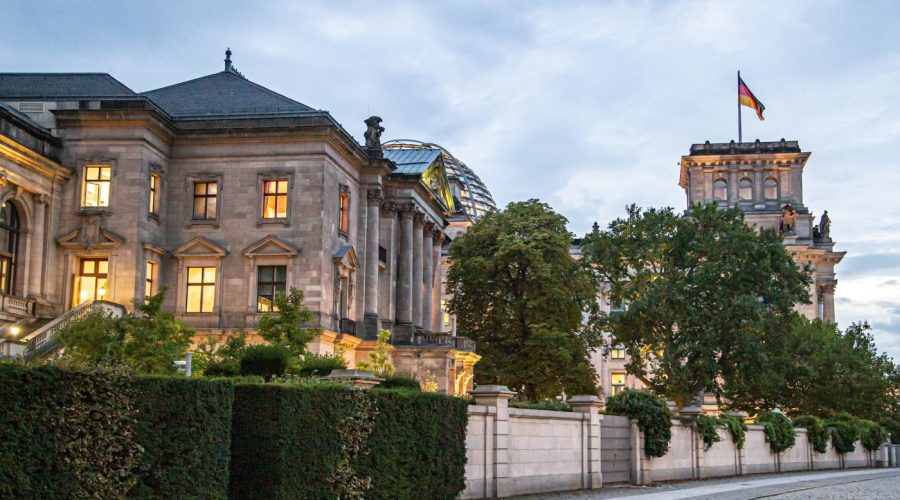How Did the Soviets View the Berlin Wall?
A thorough examination of Berlin Wall history depends on understanding Soviet perspective. During the Cold War period the Berlin Wall served as both a major international security concern and a central part of Soviet political events. Our study examines the Soviet opinion of the Berlin Wall plus how it influenced their ideology politics and social life.
The Motivation Behind the Berlin Wall
The East German government started the construction of a new wall on August 13, 1961 because people were moving from East to West Berlin in bigger numbers. Soviet leaders believed the wall needed to exist to shield their style of socialist government in East Germany because of strong Western threats.
Symbol of Soviet Strength
Through the Berlin Wall Soviets displayed their dominance over East German territory. They saw the wall as their means to keep socialistic rule in place while stopping Western ideas from spreading into their country. They used the wall to maintain total command over their control region in Eastern Europe.
The Wall’s Role in Propaganda
The Soviet Union used its concrete barrier as a powerful weapon to persuade others. They presented the wall as a vital protection tool based on their belief of Western capitalist powers attacking them and their belief that capitalism exploited its workers. People believed the wall ensured the socialist gains East Germany had made.
Soviet Ideological Perspective
Through their political beliefs the Soviets considered socialism a better system than capitalism. The Berlin Wall represented the basic disagreement between socialist and capitalist ways of life. Eastern Bloc residents used the barrier to prove that communism was creating positive change while capitalism was suppressed.
Maintaining Control and Preventing Defections
The Berlin Wall served as a main factor that helped the Soviets maintain power over Eastern European nations. The dividing barrier between East and West Berlin created tighter restrictions that stopped East German people from escaping to the West. The brick wall formed both physical and mental obstacles against East German defectors who intended to escape toward the Soviet Union.
Border Security and Monitoring
The Soviet Union dedicated special funds to build a strong defensive wall with strong security enforcement at the border. Security forces placed watchtowers along with barbed wire and checkpoint stations at all border entry points. Defense forces guarded the border to stop any people from trying to leave for Western countries. They set up tough limits on people’s travel to protect the Soviet authority and its position.
Impact on East German Society
All East German citizens experienced significant changes due to the Berlin Wall. Although the wall protected the nation it actually deepened the divide between East and West Germany. Social connections broke apart and both sides lived with restricted relationships with each other. Many East Germans growing unhappy with their lives because living behind the wall caused them to feel cut off from their society and from other parts of Germany.
The Fall of the Berlin Wall and Soviet Perspective
On November 9, 1989 the Berlin Wall unexpectedly collapsed to become a major historical event. The Soviet Union did not intend to see the wall fall when it happened. It demonstrated that German leaders lost their grip on running their nation and this failure forced them to join the two parts of Germany again. When Germany united after the Berlin Wall dropped it caused the Soviet Union’s power base to weaken until it collapsed.
The Wall’s Symbolic Change
The end of the Berlin Wall changed from representing Soviet military power to showing freedom with the Cold War’s conclusion. After the collapse of the Berlin Wall appeared as the starting point for both German reunification and East-West European independence. These events weakened Soviet Union power in this region.
Soviet Reactions and the End of the Cold War
People across both Soviet and Eastern European countries initiated political and social reforms following the Berlin Wall’s collapse. This start of this process led to both the end of the Cold War and the breakup of the Soviet Union. By letting people move freely across borders Soviet control over Germany proved ineffective which forced the Soviet Union to recognize its weakened position.
In Conclusion
During the Cold War period the Berlin Wall stood as a symbol that captured every major aspect of the freeze between East and West. From the Soviet government’s standpoint the wall demonstrated their strength in holding socialist ideas and governing people. However, its fall ultimately contributed to the decline of the Soviet Union and the reshaping of the entire geopolitical landscape.
Everyone should study how the Berlin Wall divided simple ideology into two parts because it shows us why different beliefs naturally face challenges. Looking at this story through Soviet eyes helps us grasp the historical events and learn their value today.
Table of Contents



